What is asset-based lending?
Asset-based lending has three purposes. It enables businesses to:
- Acquire equipment
- Buy, lease or replace existing assets with Equipment financing
- Unlock working capital from existing assets in business
You can unlock cash by making use of the value of assets you already own, securing loans against the value of those assets.
Assets you can borrow against include:
- Inventory
- Plant and machinery
- Property
What is asset-based lending used for?
Using asset-based lending is more expensive in the long run than buying an asset up front. But it’s useful for businesses that can’t afford a large outlay or might need to frequently upgrade to new technology.
It is often used to relieve cash flow pressures for SMEs. Getting access to fast working capital could fund the purchase of raw materials or additional equipment that would otherwise put a strain on cash flow.
Asset-based lending is also useful for growth, providing funding for such transactions as expansion, management buy outs, management buy ins, restructuring, mergers or acquisitions.
There are also tax advantages to leasing equipment. Buying an item outright counts as a capital cost, whereas rental expenses can be offset against profit.
You might have equipment in your factory but insufficient funds to pay for a big batch of raw materials. You could use asset refinancing to fulfil a big order and still carry on using the equipment.
What types of asset-based lending are available?
There are four main types of asset-based finance.
[1] Asset refinancing
Asset refinancing helps if you have assets you already own but your business is cash poor. Vehicles, machinery or other equipment can be used to unlock cash.
Example use case: You might have equipment in your factory but insufficient funds to pay for a big batch of raw materials. You could use asset refinancing to fulfil a big order and still carry on using the equipment. Alternatively, you could raise a deposit on new equipment to expand capacity, or to finance assets such as software that might be unsuitable for other types of finance.
How it works: You agree to sell equipment to a lender, who then leases it back to you. You pay a fixed amount each month over a set period of time.
[2] Hire purchase
A hire purchase agreement enables you to own an asset immediately but spread the cost over a period of time, typically up to six years. It’s similar to a mortgage being used to purchase a property. You’re responsible for maintenance and insurance costs on the asset. A hire purchase agreement is simpler than other types of equipment leasing, making it easy to budget.
Example use case: Hire purchase is a good idea for buying large pieces of equipment of high value for resale. It may be possible to get tax relief on capital purchases and offset repayment interest against profits.
How it works: You pay a deposit up front and then monthly instalments (with interest) after that. Some lenders allow you to pay less per month with a balloon payment (lump sum) at the end. You’ll own the asset once the term ends, although there might be a small fee.
Using a finance (or capital) lease, you can acquire an item you’ll never own outright. A leasing firm buys the asset you need and rents it to you.
[3] Equipment lease - finance lease
Using a finance (or capital) lease, you can acquire an item you’ll never own outright. It can be a long-term lease that spreads payments thinly. You rent the item from a leasing firm, which buys the asset. You pay a small amount up front and monthly payments until you’ve covered the cost of the equipment and the interest. You may be able to offset the rental against pre-tax profit but you’re responsible for maintenance and insurance costs.
Example use case: A finance lease is useful if you need expensive equipment but don’t have the cash to buy an item up front, or if it’s something you’ll want to use for a long period of time.
How it works: You rent the asset for a defined period by taking out a lease with interest. At the end of the lease, you can either renew it, buy the asset or return it to the lender.
[4] Equipment lease - operating lease
An operating lease is similar to a finance lease but the rental period is typically shorter. At the end of the rental period, the equipment will retain some of its value. Another difference is that the company you lease from is responsible for maintenance costs and insurance costs. However, it has the same tax advantages as a finance lease. The asset is a rental expense and so monthly payments can be offset against profits.
Example use case: the short term of the lease enables you to lease equipment that you want to upgrade regularly. Examples include printers, vehicles, aircraft, and construction plant and machinery.
How it works: You rent the item, paying monthly instalments. At the end of lease term, you can extend the lease, upgrade or buy the item outright.
Which Credit Passport partners provide asset-based finance?
You can apply for invoice finance via Credit Passport partners Swoop and Finpoint.
Interested in more funding solutions:
Don't forget you can log into your Credit Passport dashboard and see all the matched offers for your business.
Log in to Credit Passport here to see what else might be right for you, or to get your Credit Passport web badge to give your supply chain and customers confidence in your company. Don't have a Credit Passport yet? - register for free here.



